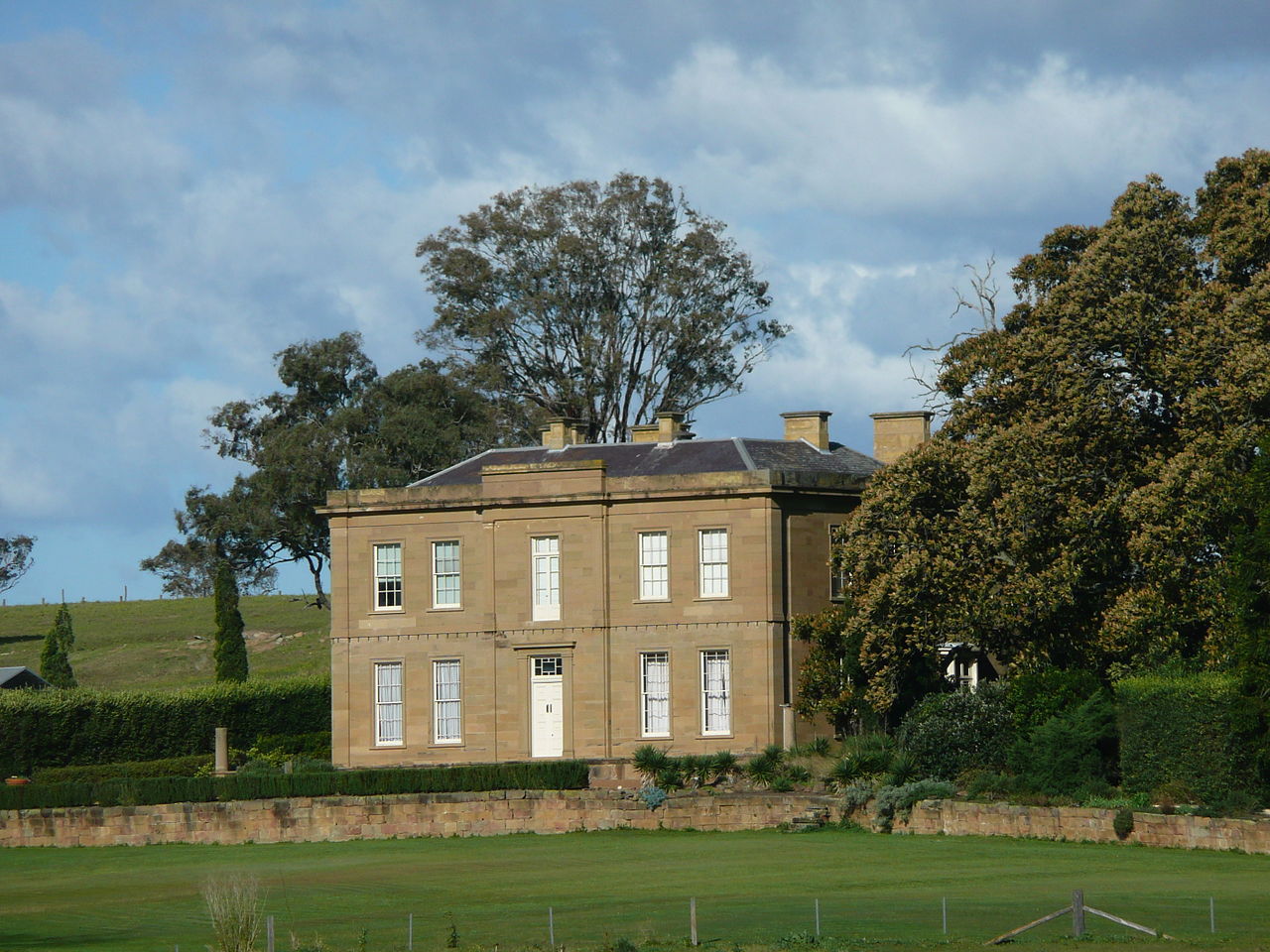Have you ever wondered why people in the Hunter region are so passionate about their rural estates and the agricultural heritage of the Region?
Why is it that there are so many historic homestead complexes in the Hunter? – Aberglasslyn House, Tocal Homestead, Wambo, Ravensworth, Munni, naming only a few of the many that survive to speak to us about the Hunter’s stories.

The NSW Heritage Council wondered this as well – commissioning Clive Lucas, Stapleton & Partners to compile the Hunter Estates Comparative Heritage Study, (OEH 2013/0235 ISBN 978 1 74359 057 7 April 2013). The study states:
The Hunter Estate is the tangible expression of this significant phase of NSW history and forms the foundational layer of settlement of the Hunter Region. What you experience of the land today and of the history of the people, directly descend from the estates. To understand the Hunter Region is to understand this first phase of European settlement and its subsequent impacts on the land and its people. To understand the Hunter Region homestead complex is to understand the Hunter Estate.
This seminal and extremely well conceived work is a comparative study of the Hunter region’s most significant and enduring element of post contact heritage – the homestead complex.
This study is a comprehensive and independent assessment of homestead complexes constructed as part of the establishment of the large estates associated with the first major wave of settlement in the Hunter Region, occurring between 1820 and 1850.
The study is important to heritage decision makers in the Hunter because it defines both the Hunter Estate and its homestead complex, mapping locations and identifying their importance in the history of the Hunter Region and – the broader history of NSW. The council areas included in the scope were:
- Greater Taree
- Gloucester
- Upper Hunter
- Great Lakes
- Port Stephens
- Newcastle
- Lake Macquarie
- Dungog
- Maitland
- Cessnock
- Singleton and
- Muswellbrook
This study is an independent and comprehensive comparative heritage study of pre 1850s homestead complexes located throughout the Hunter Region. In order to achieve this outcome, this study first aims to contextualise the homestead complexes found in the area and provides an overview of the historic and cultural phenomenon of the Hunter Estate.The Hunter Region, settled as part of the second main wave of settlement to occur in Australia, between 1820 and 1850, was driven wholly by new, decisive government policies structured towards the agricultural development of the colony and the management, employment and care of convicts by private settlers. The successful implementation of these policies supported the arrival of a large number of new, free settlers with substantial means, social connections and ambitions to establish themselves on the land. These people established the estates, stations and pastoral runs throughout the Hunter Region; built homestead complexes; and introduced a range of highly successful agricultural industries, relying on large numbers of convicts as their workforce.They went on to form the societies and associations that supported their agricultural pursuits and political interests, played a large role in the political development of the region and were part of the judicial systems of the time, fulfilling government roles at their own expense and on their own land.The means by which these settlers were accommodated on the land, via the uniform grid pattern laid down by survey in the early 1820s over the whole of the region, determined their locations, their land sizes and their modes of expansion.”
Eikos commends the authors of this work and the NSW Heritage Council for the insight and commitment to undertake such an important investigation that all communities in the Hunter region will benefit from, for many years to come.
